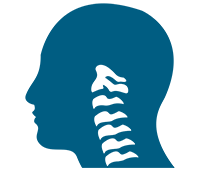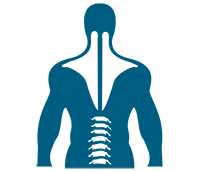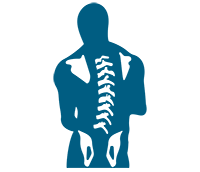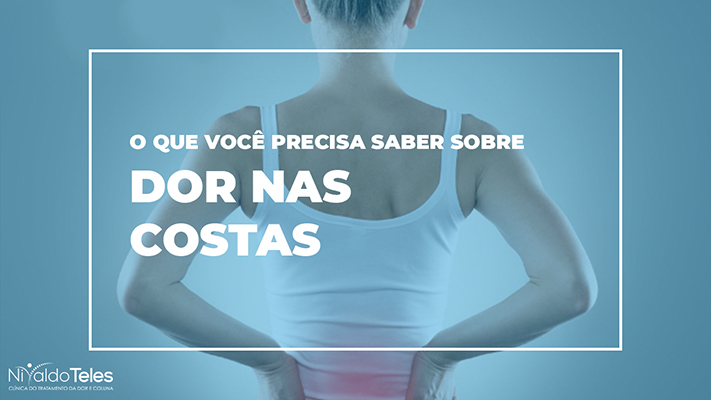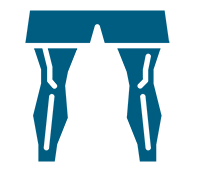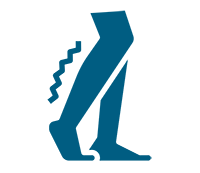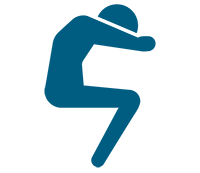What is Herniated Disc?
Herniated discs occur when part of an intervertebral disc leaves its normal position and compresses the nerve roots that emerge from the spine. This problem is more common in the lumbar and cervical regions, as they are areas that are more exposed to movement and that support more load.
The vertebral disc is a fibrocartilage structure that serves to avoid direct contact between one vertebra and the other, and cushion the impact generated. Thus, an injury to this disc impairs its function and still presses on other important spinal structures, such as the nerve root or spinal cord.
Herniated disc is classified according to the region of the spine it affects and, therefore, it can be:




